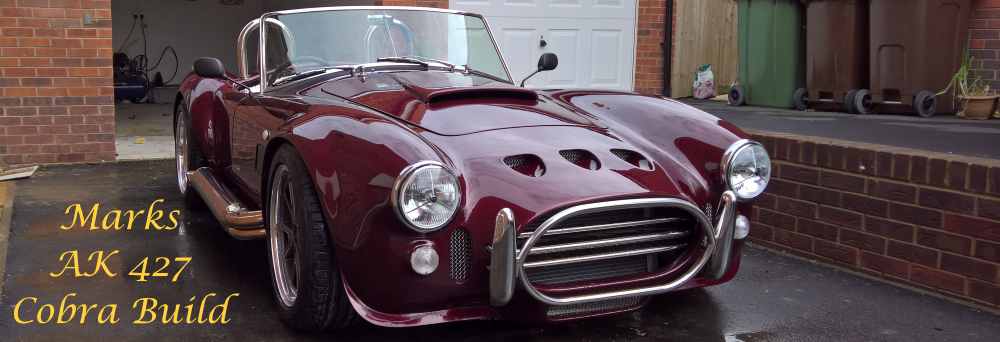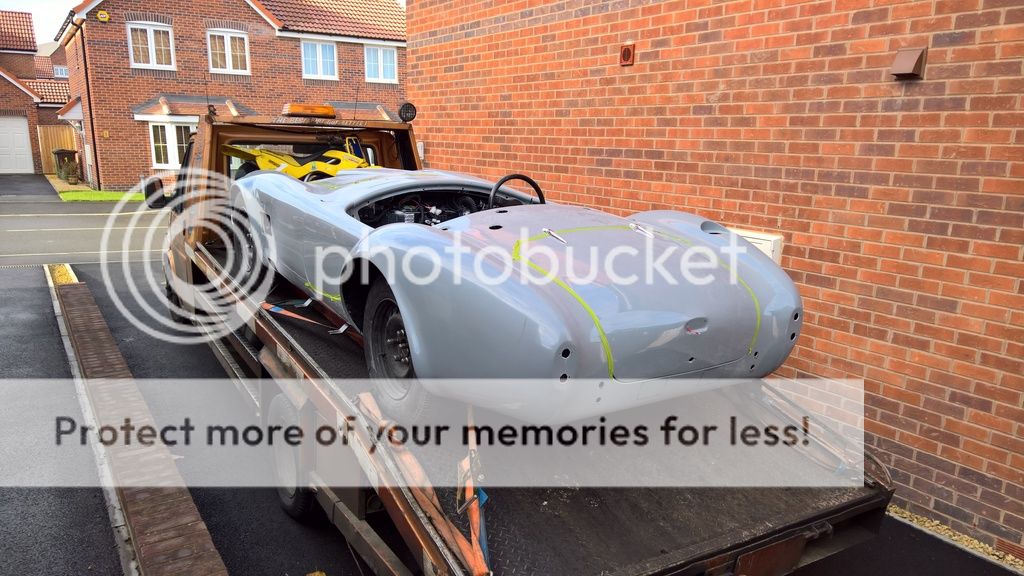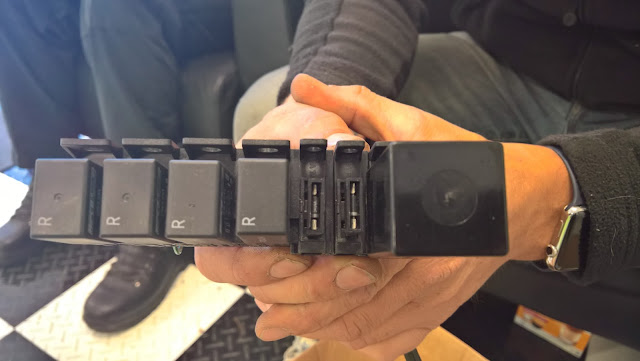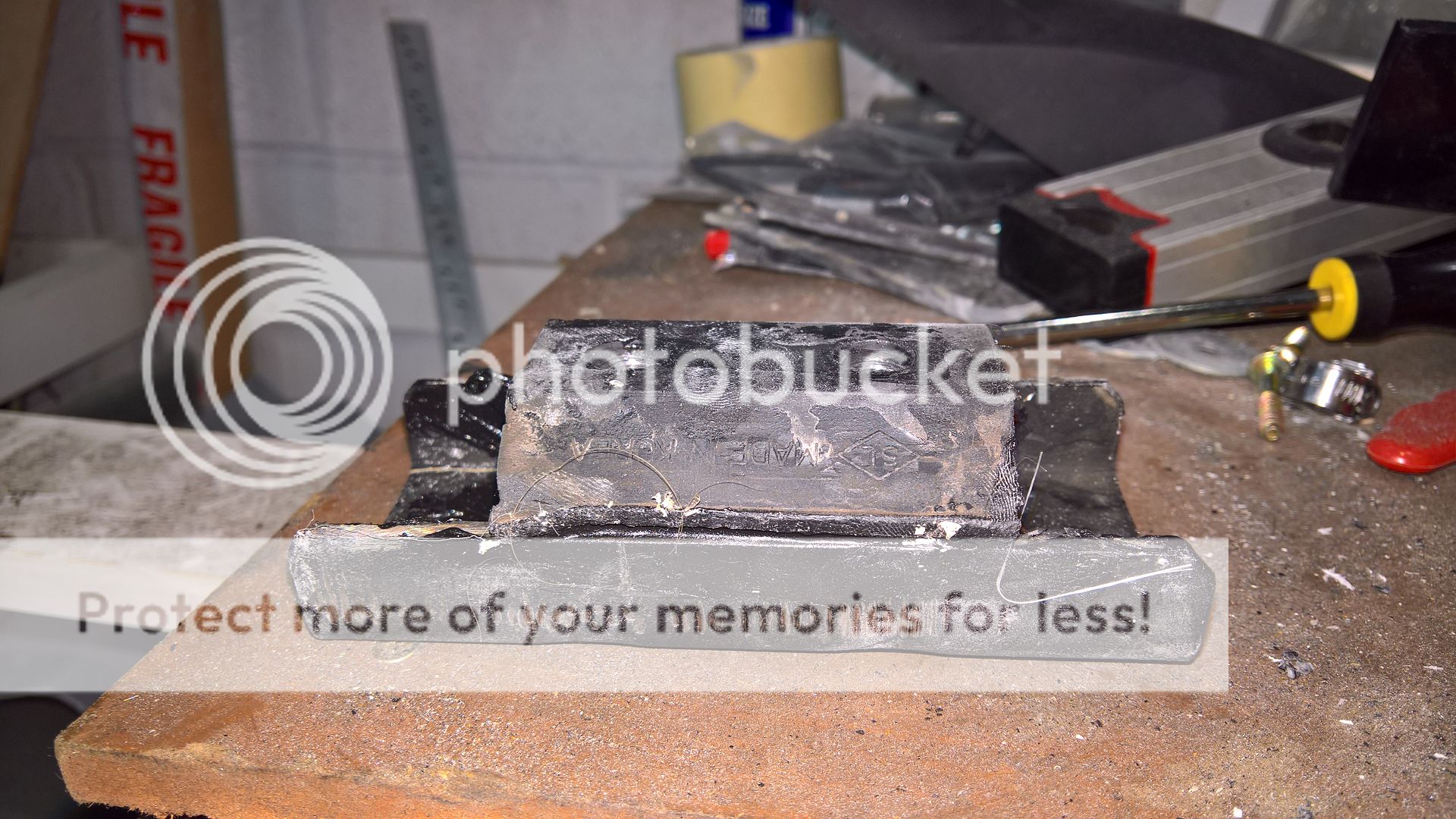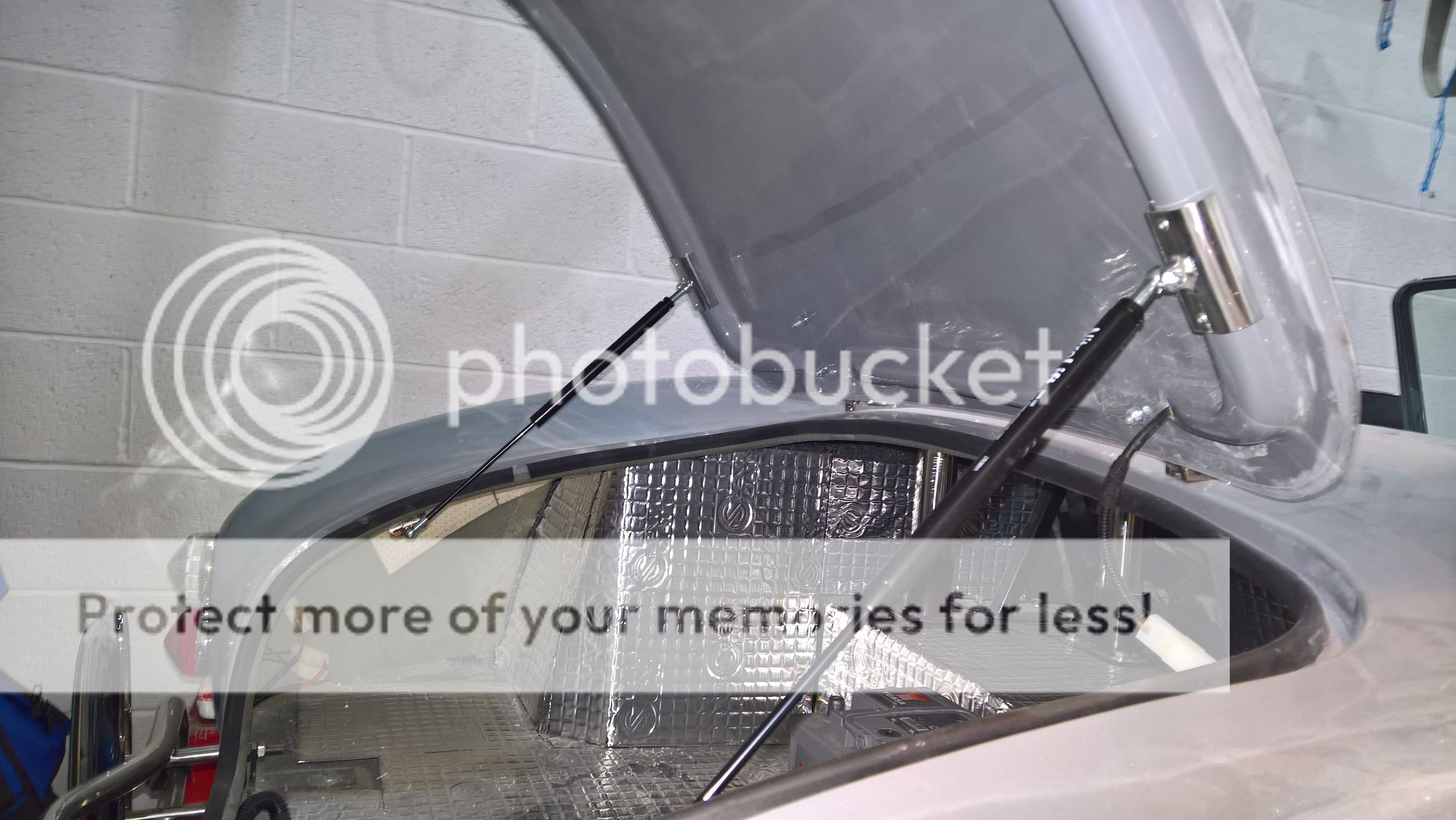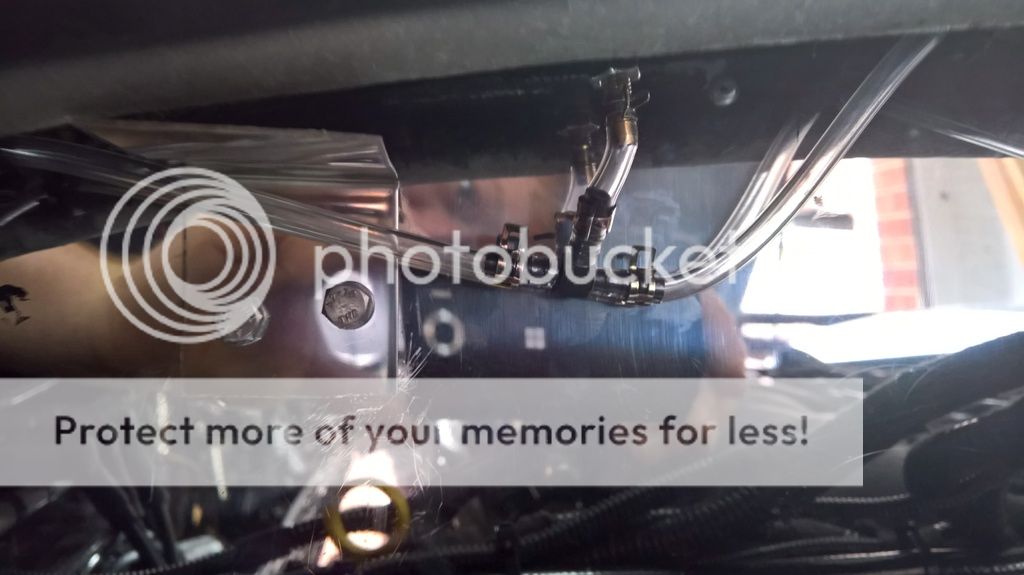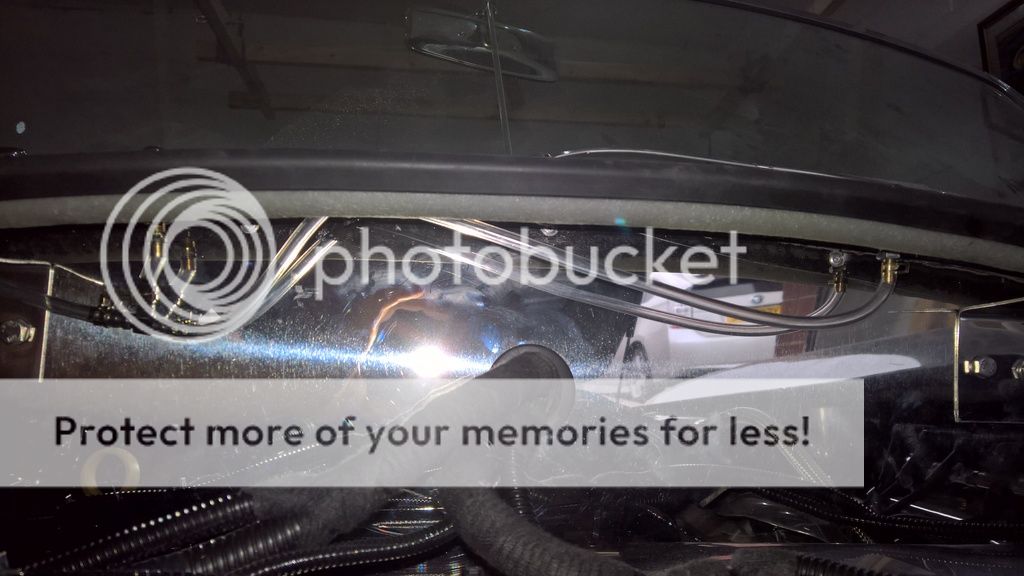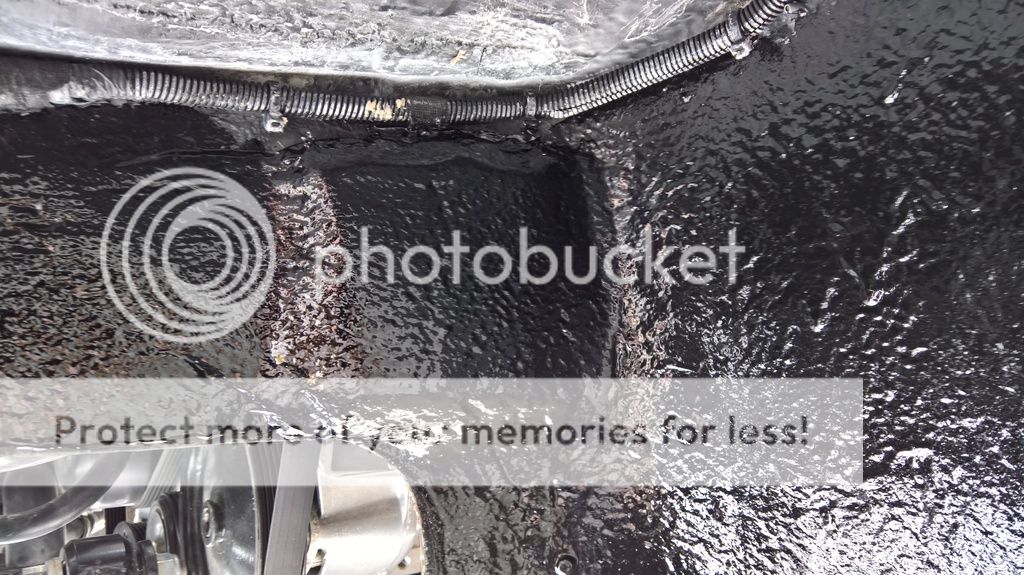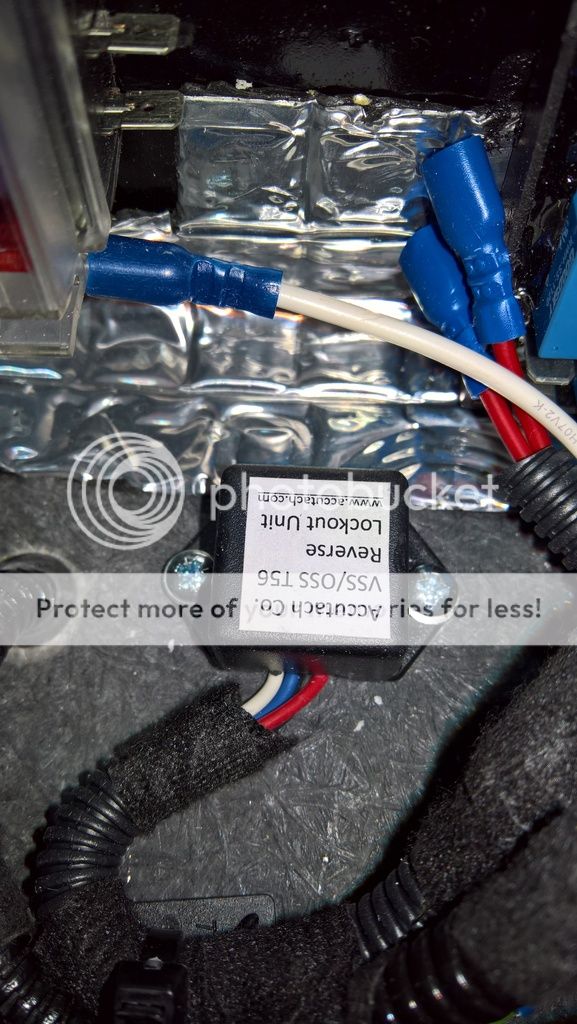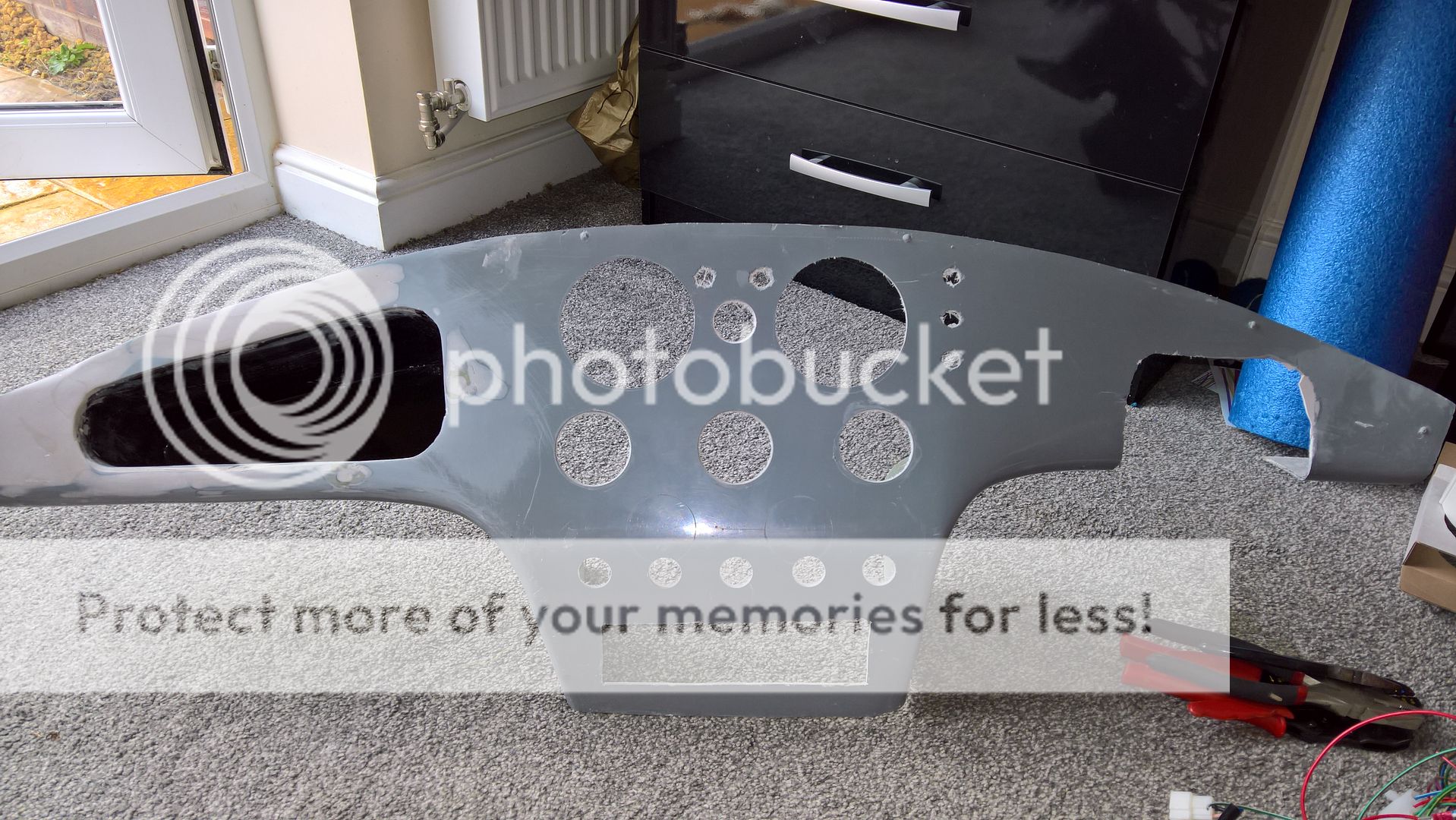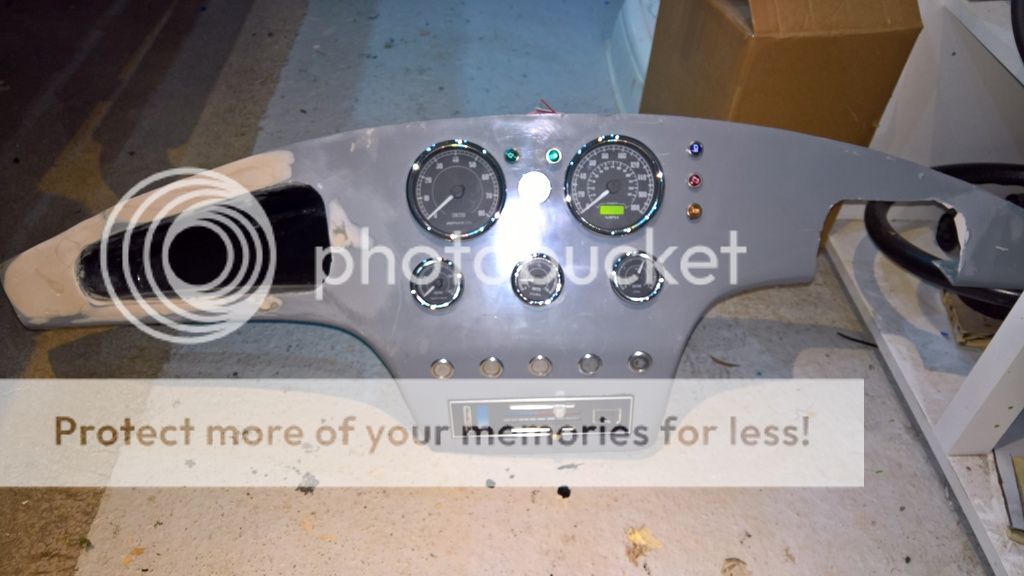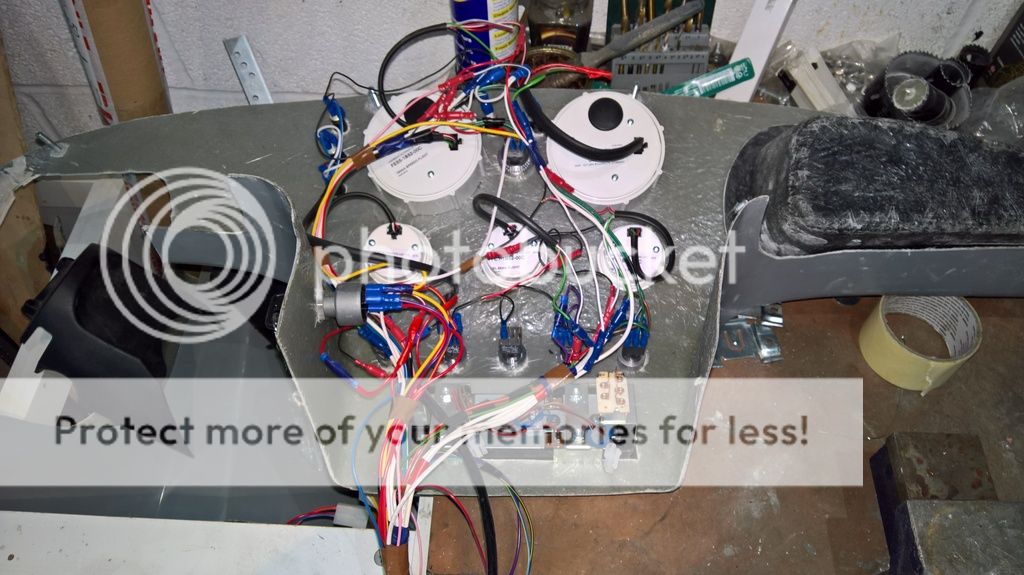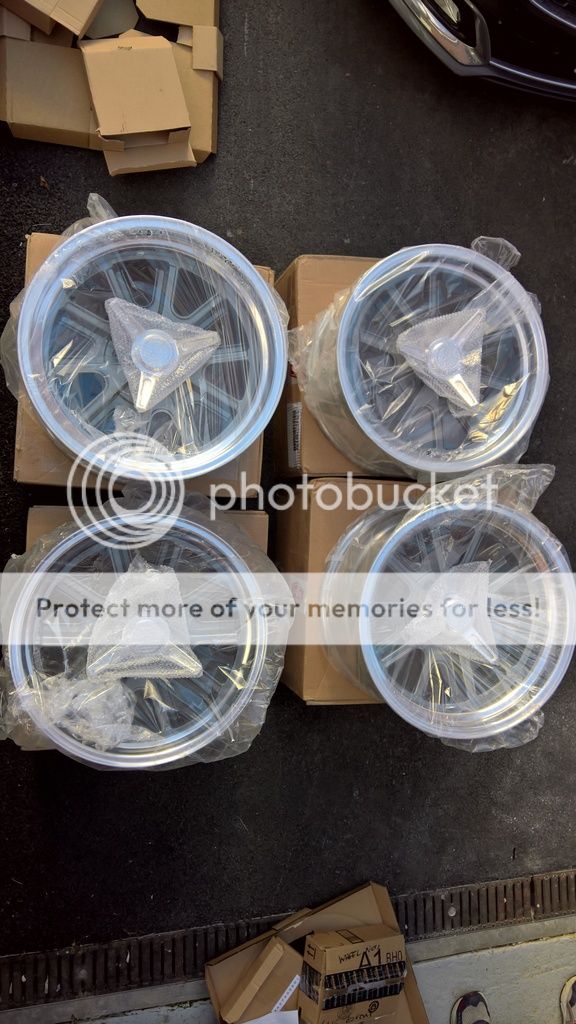Mistake number 2 - leaving it until after the IVA to prepare
This blogpost covers registering your car as new, from an AK perspective, within the UK only and is correct as at the time of writing. Please check for up to date information with the DVLA.
Registration of the car is straight forward process, however, if you are not prepared you will find yourself in the same situation that I was until today. A car passed IVA but waiting on forms to apply for your V5 which is needed to get your number plate.
Registration of the car is straight forward process, however, if you are not prepared you will find yourself in the same situation that I was until today. A car passed IVA but waiting on forms to apply for your V5 which is needed to get your number plate.
For a new registration you need:
- V55/4 - only available from the DVLA through the Gov.uk website. A form which gets sent through the post as its carbonated.
- The link at the time of writing is https://forms.dft.gov.uk/order-dvla-forms/
- V627/1 Built up inspection report.
- The link at the time of writing is https://www.gov.uk/government/publications/built-up-vehicle-inspection-report
- V267 Certificate of newness. Only available from AK Sportscars.
- A copy of a household bill, such as council tax as proof of address
- A photocopy of your photocard driving licence
- A copy of your insurance certificate.
- This must be a full on the road policy, insured on your chassis number not a laid up policy.
- A copy of build receipts for your major components
- Your IVA certificate
- The new registration fee (Currently £55)
- The first registration road tax fee (Currently £235)
Optional is your V750 certificate of entitlement to put your private plate onto the car. In my case there was no fee to pay as the registration had never been assigned to any car.
The process
Around 20 days before your IVA request the V55/4 form. There is no point doing it much before then as they change the form often, but it does take around 10 days to arrive and I had to request it twice (once online, once on the phone) before I received it.
As soon as you pass IVA, send AK a copy of the build receipts used for the IVA submission. Essentially all major components (as defined in the V627/1) plus a small selection of other items. AK also need your engine number and chassis number, colour of the car and IVA certificate number (the ZY number). They will then create this form and send it out to you.
Whilst you are awaiting this form, sort out your insurance and prepare copies of this plus your proof of address, driving licence and another copy of the IVA build receipts to include in the submission. My insurer insured it on the chassis number for 30 days so this needs doing just before you about to submit the files to allow time for the V5 to arrive.
Take a copy of your original IVA certificate (for your own records) and put the original into the DVLA submission
Write cheques for the payments to include in the submission (this can be a combined amount with a post-it on to explain the charges. I prepared separate cheques). Note the AK is taxed on "Class 11 PLG over 1595cc" rates and not the normal co2 bandings.
Complete the V627/1 built up inspection report in the following way
Add your name/address/phone number in the relevant boxes. Then:
MAKE: AK Sportscars
Model: AK 427
Colour: Your colour
Mileage: Your mileage
Tax Class: PLG
Year of manufacture: The year you passed IVA/Completed the car
Currently Taxed: NO
Add your name/address/phone number in the relevant boxes. Then:
MAKE: AK Sportscars
Model: AK 427
Colour: Your colour
Mileage: Your mileage
Tax Class: PLG
Year of manufacture: The year you passed IVA/Completed the car
Currently Taxed: NO
| Cars | Serial | Origin | Make | Receipts |
| Chassis | Your Chassis Number | NEW | AK SPORTCARS | YES |
| Axles | RECONDITIONED | JAGUAR | NO | |
| Transmission | Your Gearbox Make | NEW | Your gearbox make | YES |
| Steering | NEW | AK SPORTCARS | YES | |
| Engine | Your Engine Number | NEW | Your engine make | YES |
| Suspension | NEW | AK SPORTCARS | YES |
Original parts not used: N/A
Year in which rebuild was completed: The year you completed the car
Was the vehicle rebuilt by you: YES
Sign and date the form. No other detail is needed. Attach your build receipts to this form. To help the DVLA I placed a post-it on the major receipts with plain English what the receipt covered. I also included a post-it with this build diary address in case they wanted to check out my claim that I had built the car.
Once the V55/4 arrives you can complete it using the V355 notes document. Much of this form doesn't need to be completed as the information is on the IVA certificate. Key items are that your car is 2 AXLE RIGID and PLG (Private Light Goods).
Add all the forms together. Check, double check, triple check with an independent person (I called AK and went through it). Then send it all off to the DVLA secure, recorded delivery so that you can track it and you get a signature to confirm receipt.
This is where I am at the time of writing, the forms were sent today and will be with the DVLA by 1pm on Monday 3rd April. I am hopeful that I will receive the V5 in time for Stoneleigh at the end of the month.
Year in which rebuild was completed: The year you completed the car
Was the vehicle rebuilt by you: YES
Sign and date the form. No other detail is needed. Attach your build receipts to this form. To help the DVLA I placed a post-it on the major receipts with plain English what the receipt covered. I also included a post-it with this build diary address in case they wanted to check out my claim that I had built the car.
Once the V55/4 arrives you can complete it using the V355 notes document. Much of this form doesn't need to be completed as the information is on the IVA certificate. Key items are that your car is 2 AXLE RIGID and PLG (Private Light Goods).
Add all the forms together. Check, double check, triple check with an independent person (I called AK and went through it). Then send it all off to the DVLA secure, recorded delivery so that you can track it and you get a signature to confirm receipt.
This is where I am at the time of writing, the forms were sent today and will be with the DVLA by 1pm on Monday 3rd April. I am hopeful that I will receive the V5 in time for Stoneleigh at the end of the month.
